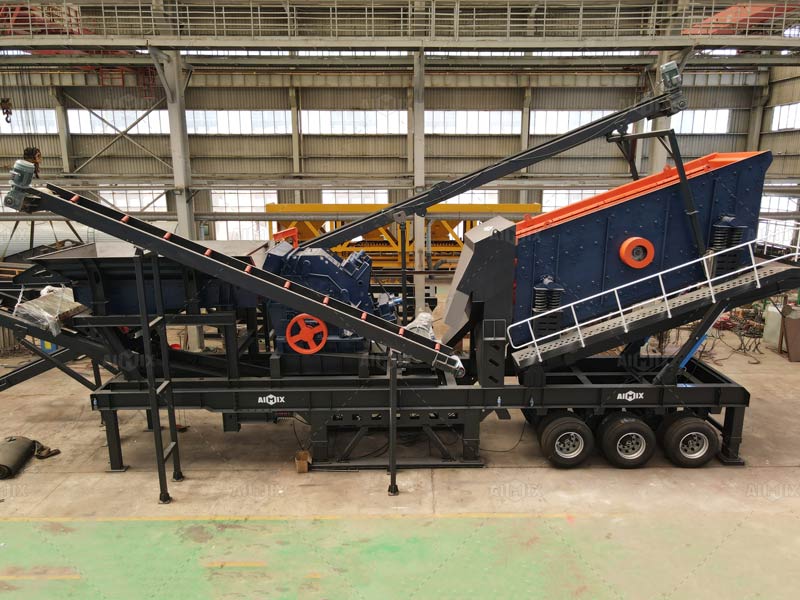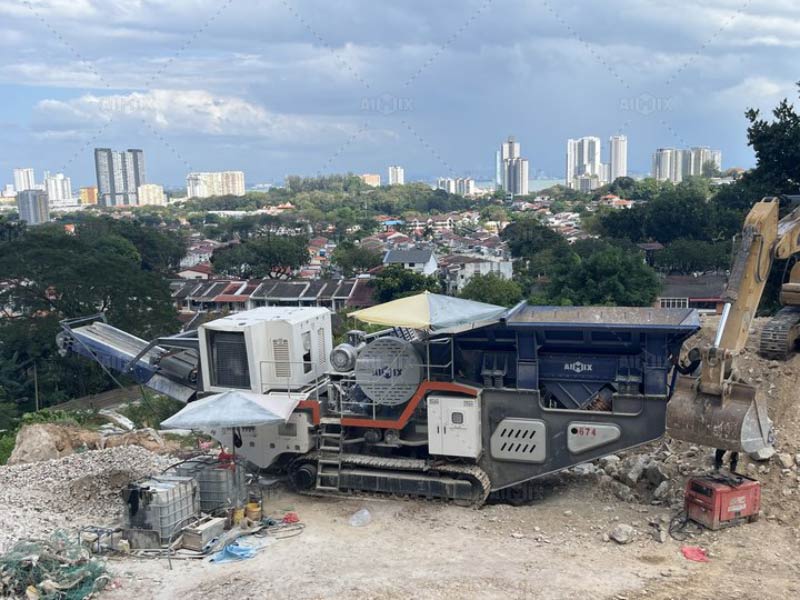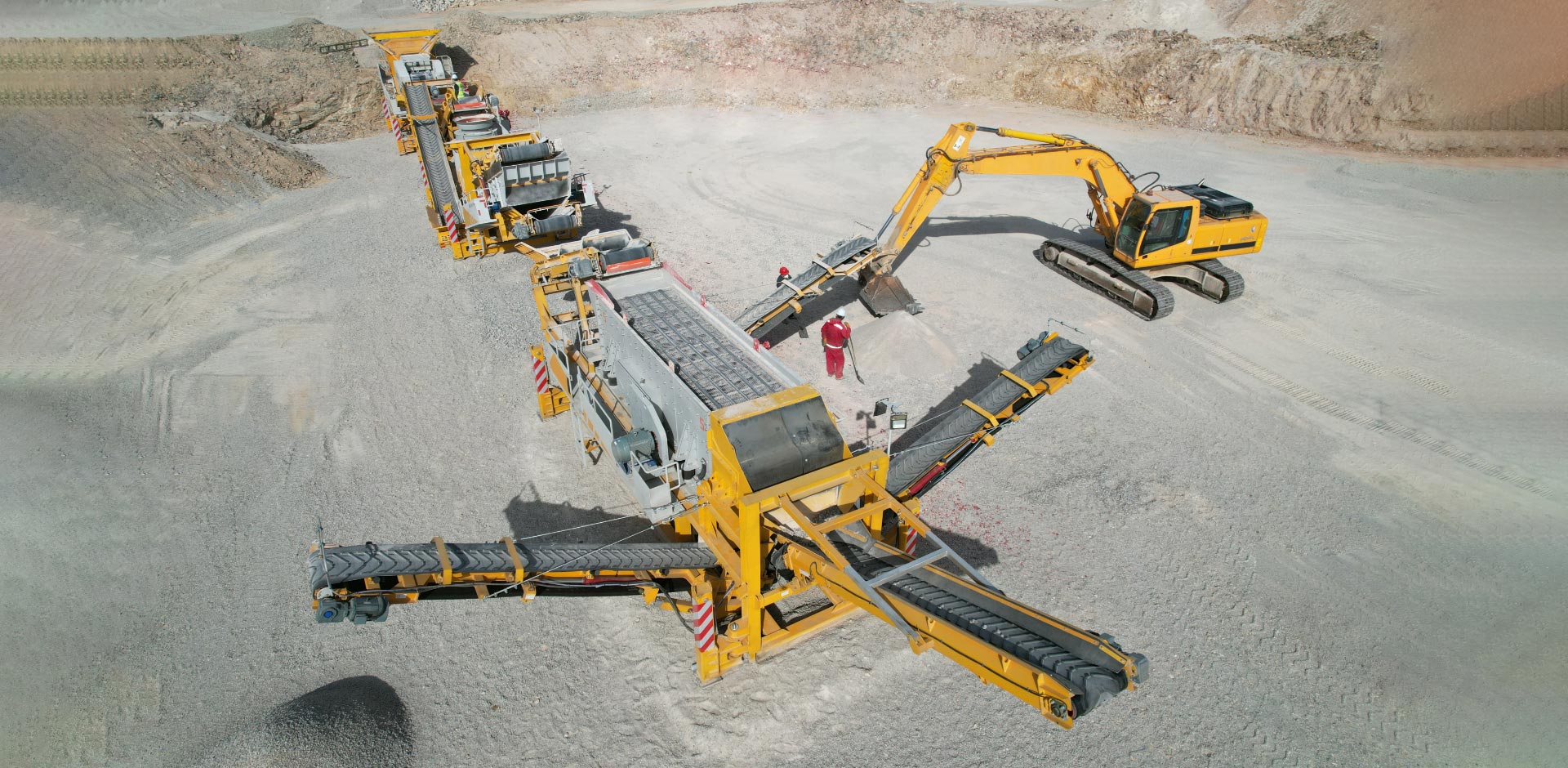Across Latin America, producers face rising costs, strict quality requirements, and tight delivery schedules. Many companies are now upgrading facilities to digital and modular systems. For example, a stone crusher plant Peru(plantas chancadora de piedra Perú) has recently adopted intelligent controls, IoT monitoring, and modular mechanics to increase efficiency without replacing the entire line. These steps show how smart technology can transform traditional operations into reliable, high-output production centers.
Why intelligent upgrades matter
Conventional manual systems cannot keep pace with today’s aggregate demand. High energy prices, stricter material standards, and labor shortages push operators to modernize. Intelligent upgrades—such as PLC touch-screen controls, automated feeders, and predictive maintenance—help stabilize output and reduce variability. For any aggregate crusher plant, these technologies translate into 8–15% higher throughput with more consistent gradation, improving profitability across projects.
Key benefits for regional plants
- Lower energy use per ton by optimizing crusher load and feeder speed.
- Higher uptime through predictive maintenance and early fault detection.
- Mobility that allows a stone crusher plant Chile or Peru to relocate easily between quarry benches or construction sites.

Control systems and remote monitoring
The foundation of an intelligent stone crusher plant is an advanced control system. A PLC–HMI package supports both touchscreen and manual operation, allowing operators to run automated sequences with one key. Recipe management lets crews select different aggregate types, while alarm management prioritizes critical issues. When applied to a stone crusher plant Peru, this reduces downtime caused by human error and ensures production continuity.
IoT-enabled remote monitoring
Adding IoT connectivity brings real-time visibility to remote quarries. Live data on feeder rate, motor current, and vibration can be monitored from a control room or mobile device. In regions with poor signal, buffering allows data storage until connectivity is restored. This system is now widely applied in both stone crusher plant Chile and Peru, giving managers tools to schedule maintenance and avoid unexpected failures. IoT also helps compare performance across multiple sites, creating benchmarks that guide investment decisions in both small and large operations.
Mechanical stability before speed
Smart software needs reliable mechanics. Replacing traditional springs with elastic vibration mounts reduces irregular amplitudes, protecting screens and extending service life. A sled-type support base improves stability on soft ground, which is common in coastal quarries. These upgrades make an aggregate crusher plant(planta trituradora de agregados) more durable and reduce the total cost of ownership for contractors. Without these improvements, intelligent controls cannot deliver their full benefits because mechanical failures remain a bottleneck.
Optimized feeding systems
Intelligent feeders maintain a steady burden on the primary crusher, preventing overloads and reducing wear. In practice, this ensures that a stone crusher plant maintains consistent throughput even with variable material quality. Remote-controlled speed adjustments improve efficiency and allow operators to adapt quickly. For a stone crusher plant Peru in high-altitude sites, this is especially valuable because material flow often changes with moisture and density. By linking feeder rate with crusher load, plants can keep operations in the sweet spot of utilization rather than chasing unstable peaks.

Mobility and modular flexibility
Modern plants increasingly require mobility. A three-axle chassis allows fast relocation of equipment, which is critical for contractors working on infrastructure projects. Modular design integrates feeding, crushing, and screening, lowering transfer points and energy use. The ability to swap modules—such as replacing an impact crusher with a sand maker—gives a stone crusher plant Chile(planta chancadora de piedra en Chile) or Peru the flexibility to meet diverse market demands without major reconfiguration. This adaptability is particularly important for companies serving both road base projects and manufactured sand markets in the same year.
Protecting crushers with iron removal
An automatic self-discharging magnet prevents tramp iron from damaging cones or impactors. For any stone crusher plant, this small addition saves thousands in repairs and avoids production delays. In both Peru and Chile, contractors value the reliability of this system, especially when dealing with recycled aggregates or deposits with metallic contamination. Combined with remote condition monitoring, magnet systems can also alert operators when cleaning or adjustment is needed, further reducing risks.
Economic impact of intelligent upgrades
The long-term economics are clear. Plants that adopt IoT monitoring, smart feeders, and modular mechanics lower their cost per ton and reduce unplanned stoppages. A stone crusher plant Peru recently reported a 12% increase in output with 20% lower maintenance costs after upgrading. Similarly, an aggregate crusher plant in Chile achieved more stable production and improved gradation for asphalt mix, strengthening its competitive position. By combining energy savings with reduced wear, payback periods for upgrades can be as short as two years, even in challenging markets.
Phased approach to modernization
- Audit current operations: Measure production, downtime, and energy use.
- Upgrade controls first: Install PLC and remote monitoring for immediate stability.
- Reinforce mechanics: Add vibration mounts, sled supports, and feeders.
- Enhance mobility: Use modular frames and multi-axle chassis.
- Apply predictive maintenance: Connect sensors and automate work orders.
Looking ahead: trends in intelligent crushing
In the coming years, automation will move beyond control and monitoring. AI-assisted optimization is expected to help a stone crusher plant Chile or Peru automatically adjust settings for changing rock conditions, further improving energy efficiency. Hybrid electro-hydraulic systems are also emerging, which reduce reliance on diesel and cut emissions. For contractors managing a stone crusher plant(planta chancadora de piedra), these innovations will provide a competitive edge in both sustainability and cost control.
Conclusion
Upgrading to intelligent systems transforms traditional crushing operations into reliable, high-output plants. Whether it is a stone crusher plant Chile, an aggregate crusher plant, or a stone crusher plant Peru, the benefits are similar: higher productivity, lower costs, and greater flexibility. By taking a phased approach—starting with controls, reinforcing mechanics, and adding mobility—operators can achieve efficient production and long-term competitiveness. Intelligent crushing is no longer optional; it is the pathway to growth and resilience in the modern aggregates industry.
